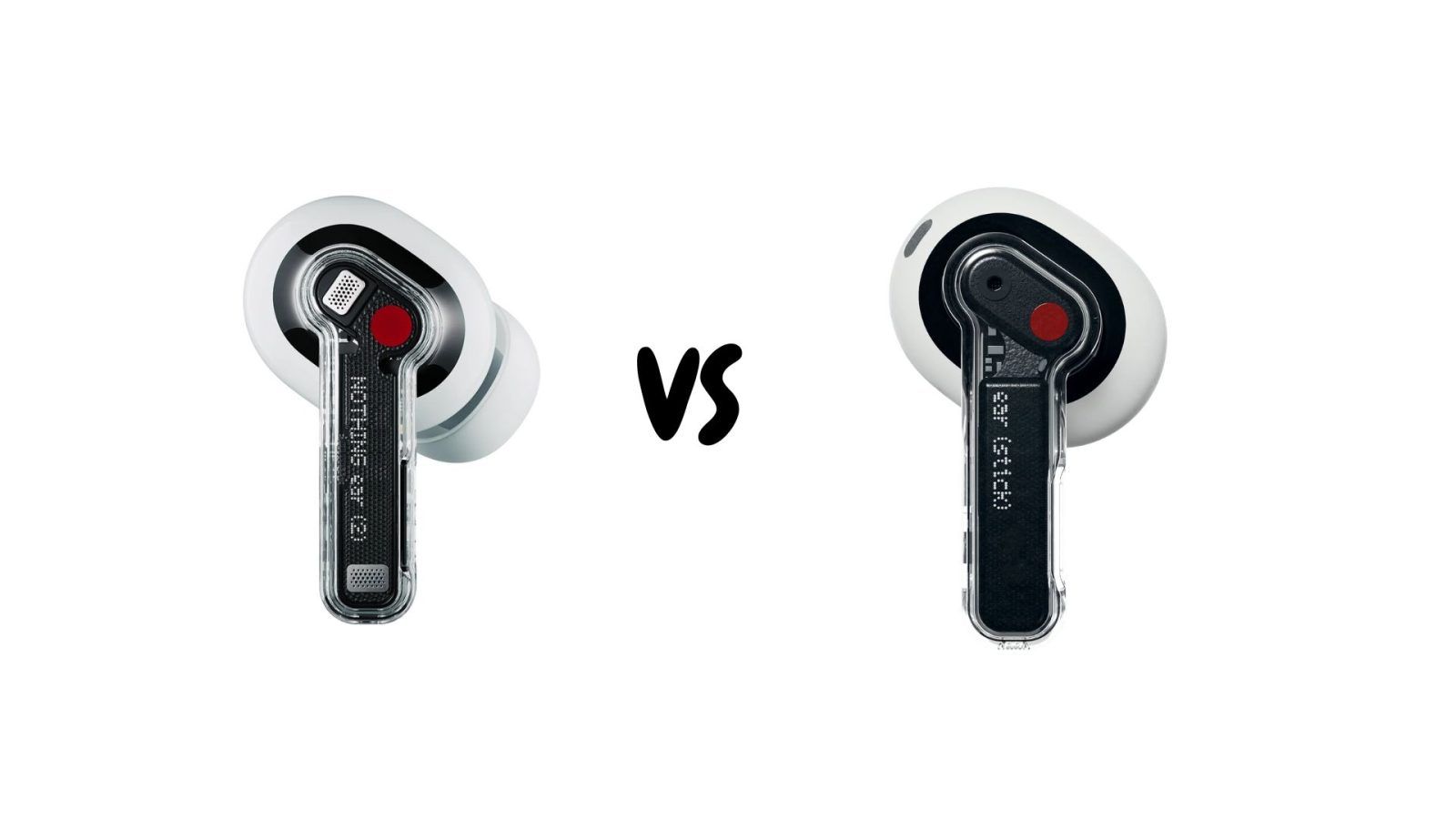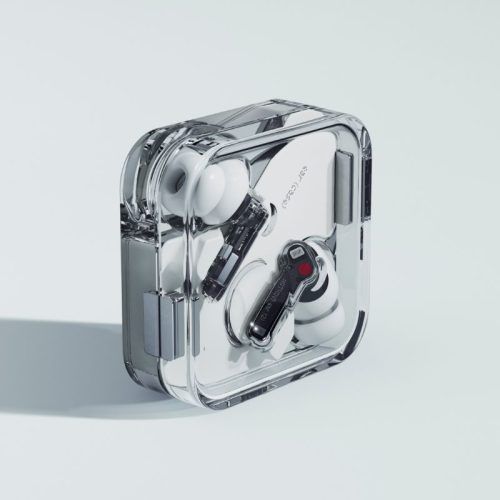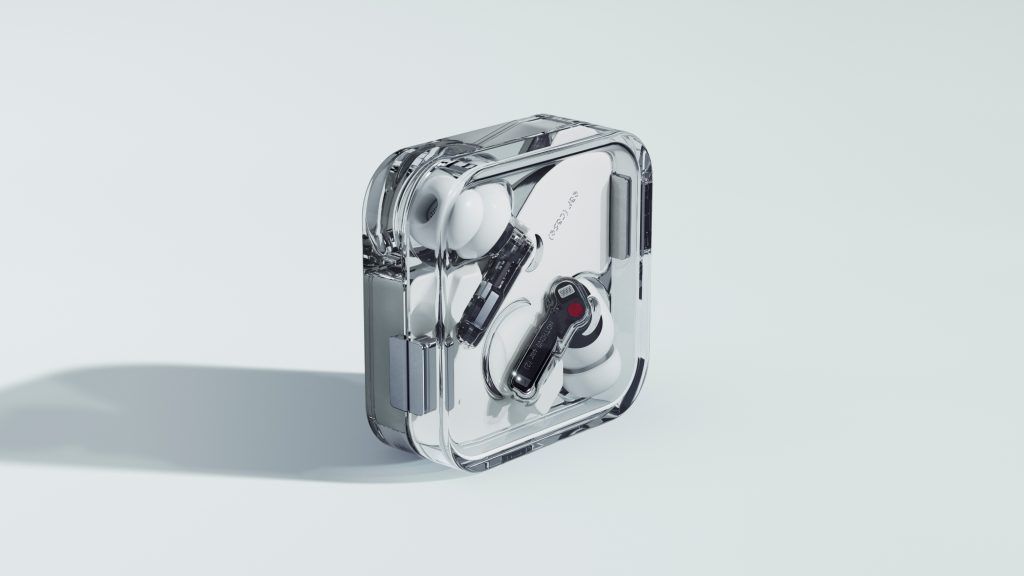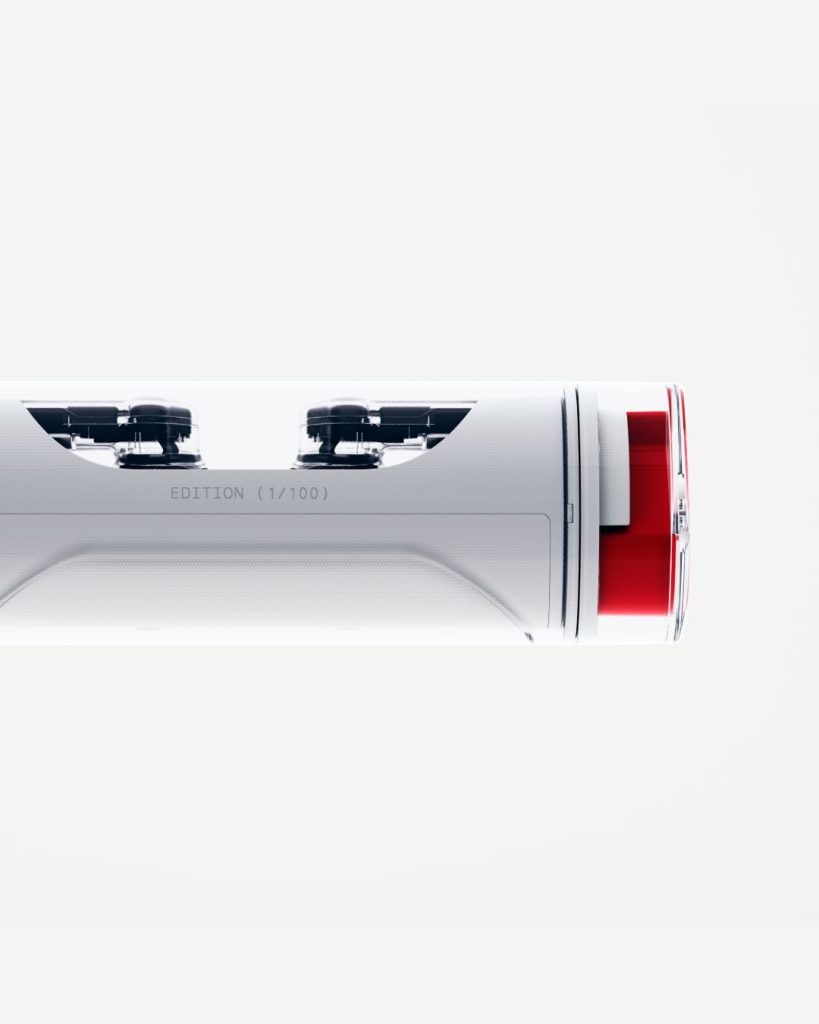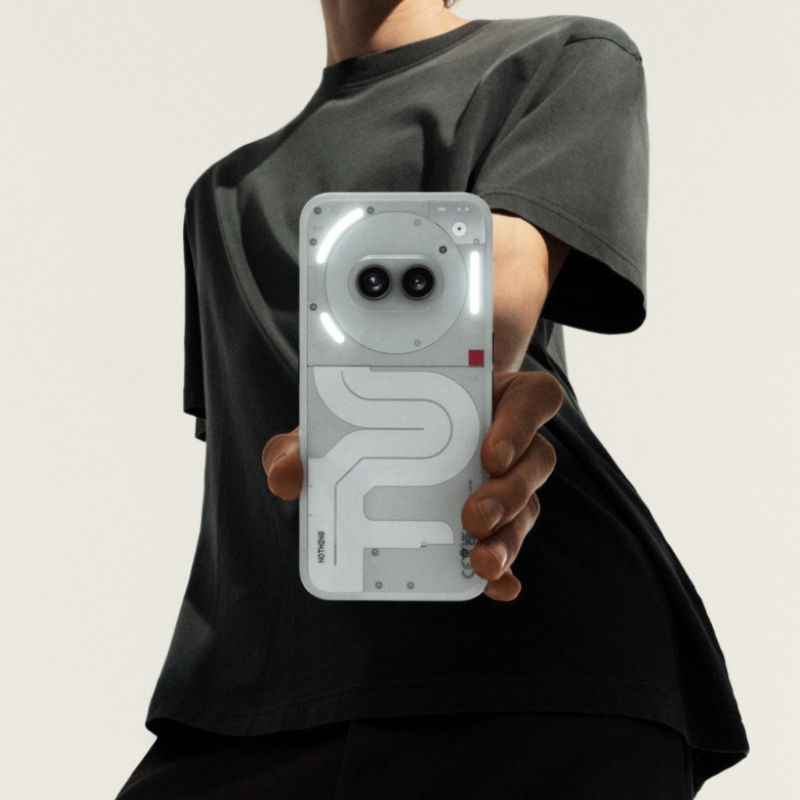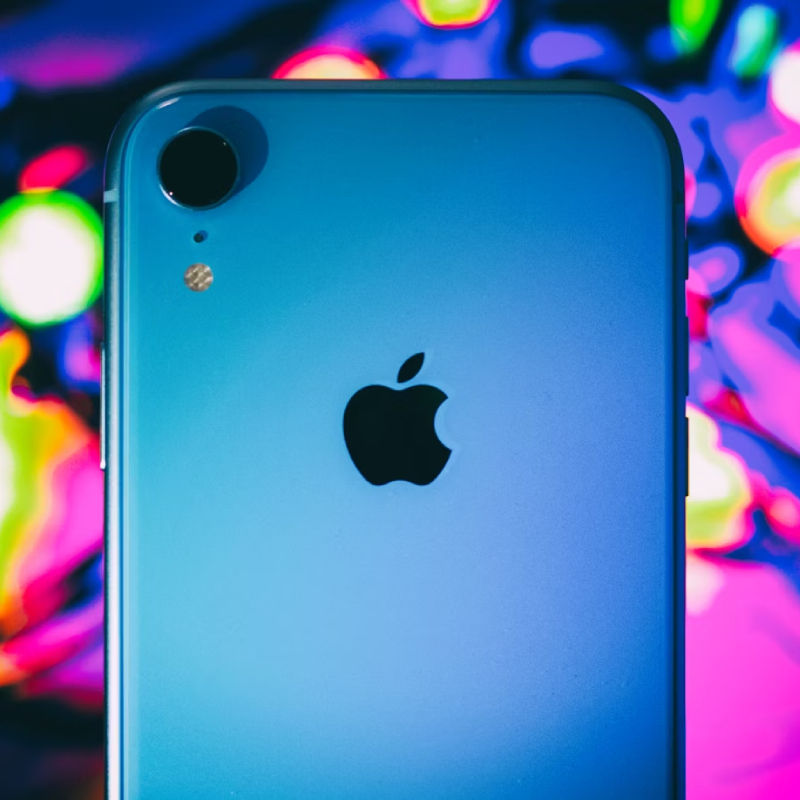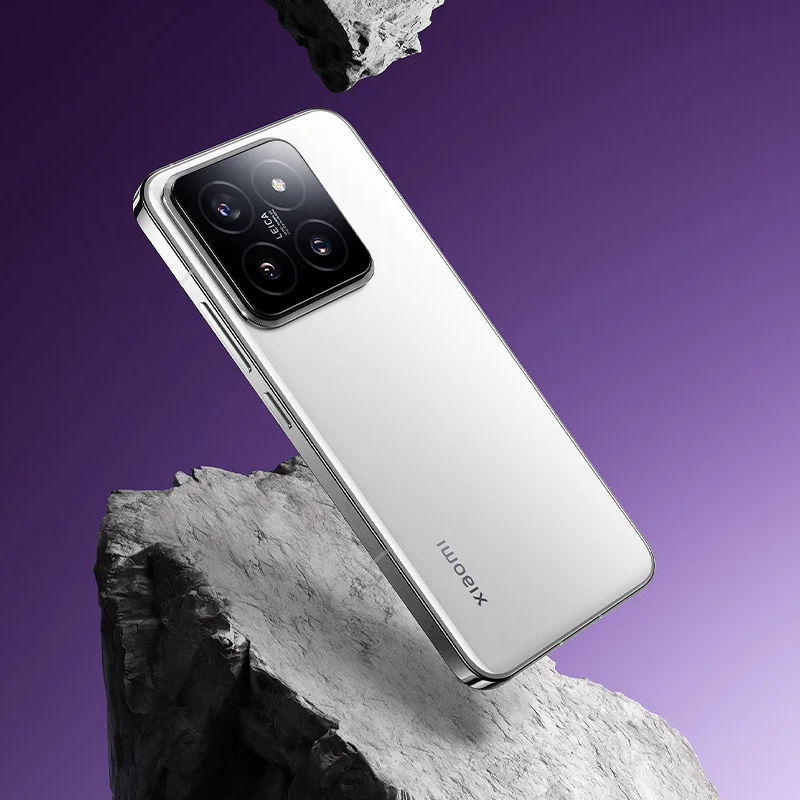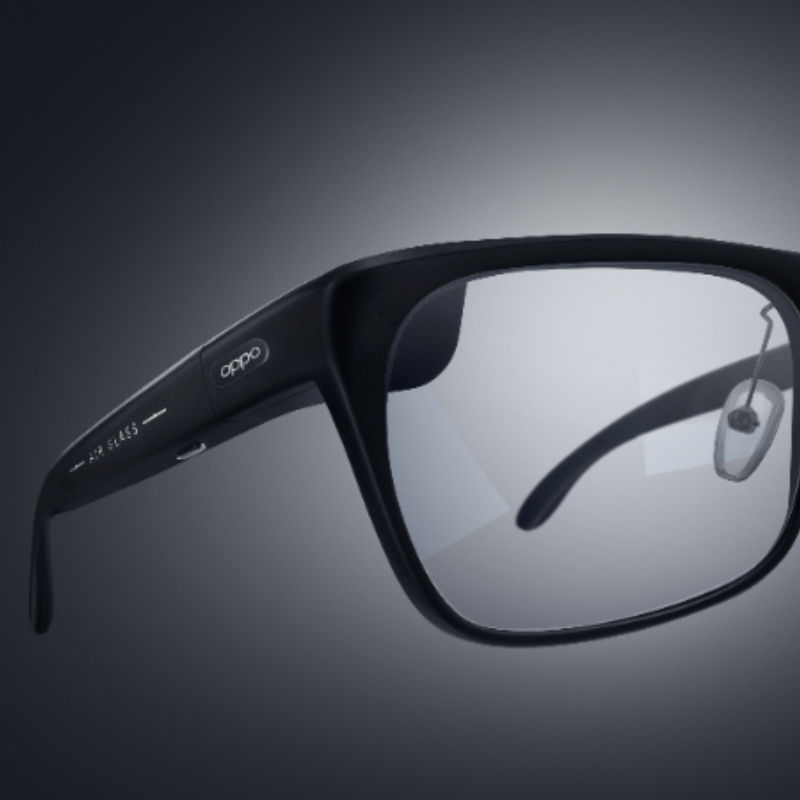Nothing now has two new pairs of headphones to complement its smartphone with the Nothing Ear (stick). But how do they compare to the newly released Nothing Ear (2)?
In March, Nothing announced an updated version of their wireless earbuds that are certified for high-resolution audio streaming, and the internet went crazy for it. In case you missed it, the Ear (1) was the first product from Nothing, a tech startup led by Carl Pei, who also happens to be the co-founder of OnePlus. Initially priced at RM499, it was later increased to RM599.
This paved the way for the Ear (stick), a lighter pair of earbuds with fewer features which debuted at a lower price. The newly released Ear (2) is priced similarly to its predecessor, but higher than the Ear (stick).
With two new pairs of earphones from Nothing, the question is how they compare to each other. Read on to find out some of the key differences between these two audio products so you can decide which is best for you.
Differences between the Nothing Ear (2) and Nothing Ear (stick)
Design
View this post on Instagram
Ear (stick): 29.8 x 18.8 x 18.4 mm – 4.4 g per bud
Ear (2): 29.4 x 21.5 x 23.5 mm – 4.5 g per bud
The design of the Nothing Ear (2) and Ear (stick) earbuds have a lot in common, especially in terms of their transparent appearance and branding. The stems of both earbuds are covered in clear plastic, with black internals and a red or white dot to distinguish between the left and right earbuds. Both earbuds have a sleek and modern look, which is consistent with Nothing’s minimalistic design philosophy.
However, where the Ear (2) and Ear (stick) differ most is in their ear tips. The Ear (2) boasts a silicone tip that creates a tight seal in the ear canal, which is highly effective in reducing external noise and enhancing noise-cancelling capabilities. In contrast, the Ear (stick) is designed to rest in the ear, without sealing the ear canal, which makes it similar to entry-level AirPods. This design feature makes the Ear (stick) more comfortable to wear, especially for extended periods.
The Ear (2) and Ear (stick) earbuds have been designed with different priorities in mind, and as such, cater to different needs. If you’re someone who values noise-cancelling capabilities, then the Ear (2) might be the better choice for you. However, if you’re looking for a pair of earbuds that is comfortable to wear for long periods of time, then the Ear (stick) might be the right fit. Ultimately, the decision to choose between the two comes down to personal preference and intended use.
Battery
The Nothing Ear (2) has an impressive battery life of up to 36 hours on a single charge, making it a great option for those long days on the go. However, it’s worth noting that this number decreases when the active noise cancelling (ANC) feature is turned on. The earbuds can be conveniently charged using USB-C or wireless charging, and they also have fast charging capabilities. With just 10 minutes of charging, you can get up to eight hours of battery life, which is perfect when you’re in a hurry.
On the other hand, the Ear (stick) has a slightly shorter battery life compared to the Ear (2). It can last up to 29 hours when used with its case, and up to seven hours on a single charge. However, since it doesn’t have ANC, its battery life is more consistent overall. This means that even when you’re using the earbuds for longer periods, you won’t have to worry about the battery life decreasing too quickly.
So, if you’re someone who values long battery life and fast charging capabilities, the Ear (2) might be the better choice for you. However, if you’re looking for a pair of earbuds that have a more consistent battery life and don’t need ANC, then the Ear (stick) is a great option to consider. Ultimately, it all comes down to your personal preference and needs.
Case
Ear (stick): Cylindrical case
Ear (2): Square case
The Ear (2) and Ear (stick) come with different shaped cases, with the Ear (2) having a square case and the Ear (stick) having a cylindrical one. Both cases look sleek and modern, but there are some practical differences that should be taken into account. The Ear (stick) case is designed like a tube that slides open, which can cause dust and lint to accumulate easily, making it difficult to clean. In contrast, the Ear (2) case is easier to maintain and keep clean.
If you’re looking for a cheap pair of earbuds and don’t necessarily require noise-cancelling features, then the Ear (stick) might be your best option. However, if you’re willing to spend a bit more money and prioritise a better overall experience, then the Ear (2) is the way to go.
Sound Quality
The Ear (2) and Ear (stick) have different sound quality capabilities. The Ear (2) has active noise-cancelling (ANC) features that can be manually triggered or adjusted automatically based on the environment. This makes it highly effective in blocking external noise and enhancing the overall sound quality.
On the other hand, the Ear (stick) does not have ANC, which makes it less effective in blocking external noise. However, in quieter environments, the Ear (stick) may actually have better sound quality compared to the Ear (2)—this is because the Ear (stick) has a more open design that allows for better air circulation, which in turn results in a more natural sound quality.
Nonetheless, for users who frequently listen to music during their commute or to block out surrounding sounds, the Ear (2) is the better choice due to its noise-cancelling capabilities. This allows for a more immersive sound experience by blocking out external noise and providing a more focused sound quality.
Price
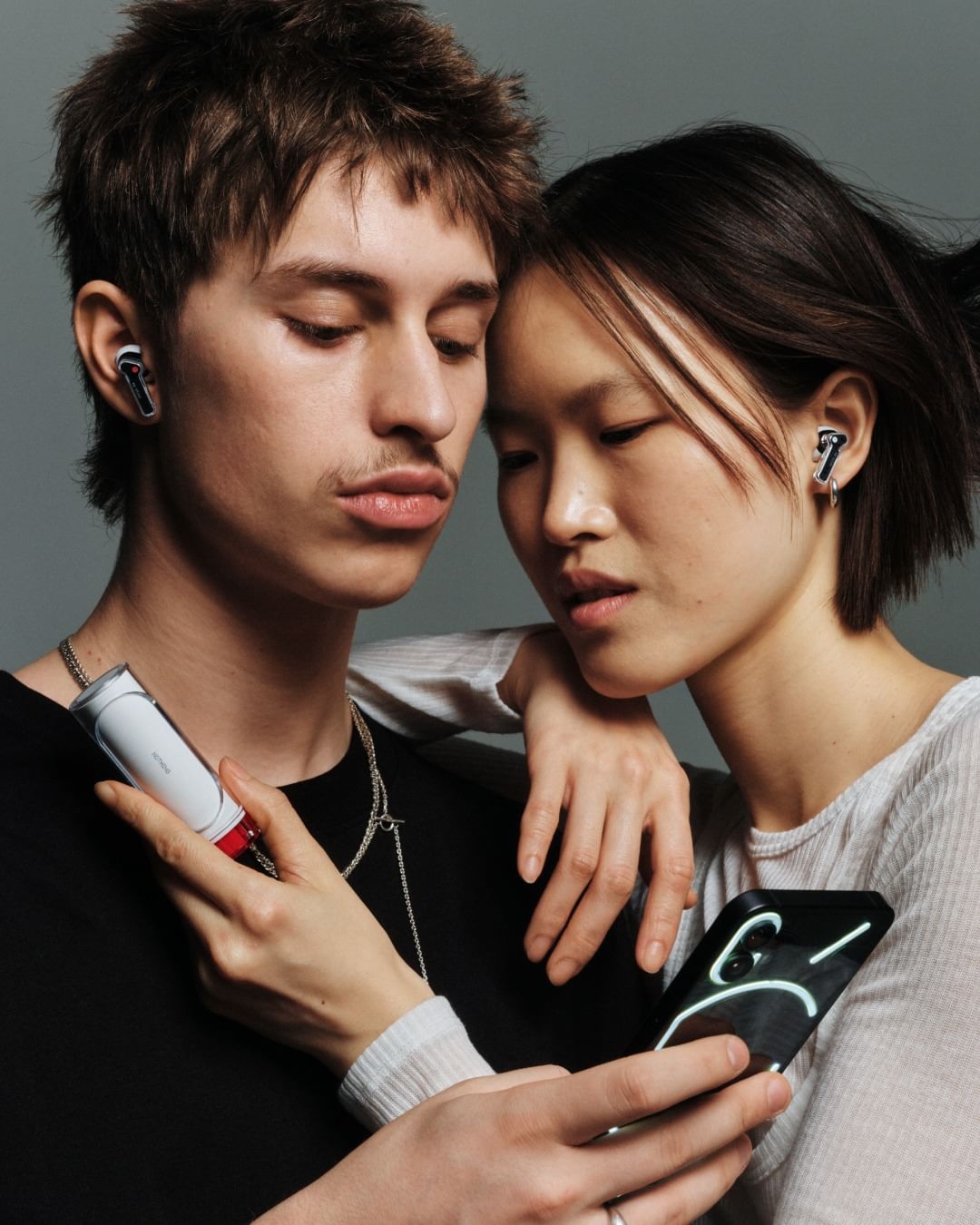
As mentioned in the introduction, the Nothing Ear (1) actually paved the way for the Ear (stick), a lighter pair of earbuds with a more simplistic feature set, priced at the same RM469. Now, the upgraded Ear (2) is similarly priced to its predecessor at RM599, coming in at a higher figure than the Ear (stick).
Conclusion
Ultimately, deciding between the Ear (2) and Ear (stick) comes down to personal preference and intended use. If you’re willing to spend more money and prioritise a better overall experience, then the Ear (2) is the way to go. If you want an affordable pair of earbuds and don’t necessarily require noise-cancelling features, then the Ear (stick) might be your best option. Keep in mind that both earbuds have their own unique features and cater to different needs, so it’s important to consider your priorities and use case when making a decision.
Check out our article on where to get your hands on the Nothing Ear (2) in Malaysia here.
(All images used belong to Nothing)
Frequently Asked Questions (FAQs)
With the launch of Nothing Ear (1), the company marked its debut in the consumer tech space in 2021. It showcased the brand's unique design aesthetics and vision. Following the launch of Nothing Ear (2) and Nothing Ear (stick), the company has silently discontinued the Nothing Ear (1) earbuds.
Nothing ear (1) sold really well. According to a news media outlet, Nothing has sold over 400,000 units of the Ear (1) since its launch.
If you want to pair with an iPhone, it's pretty simple to connect any Nothing Ear products via Bluetooth.

